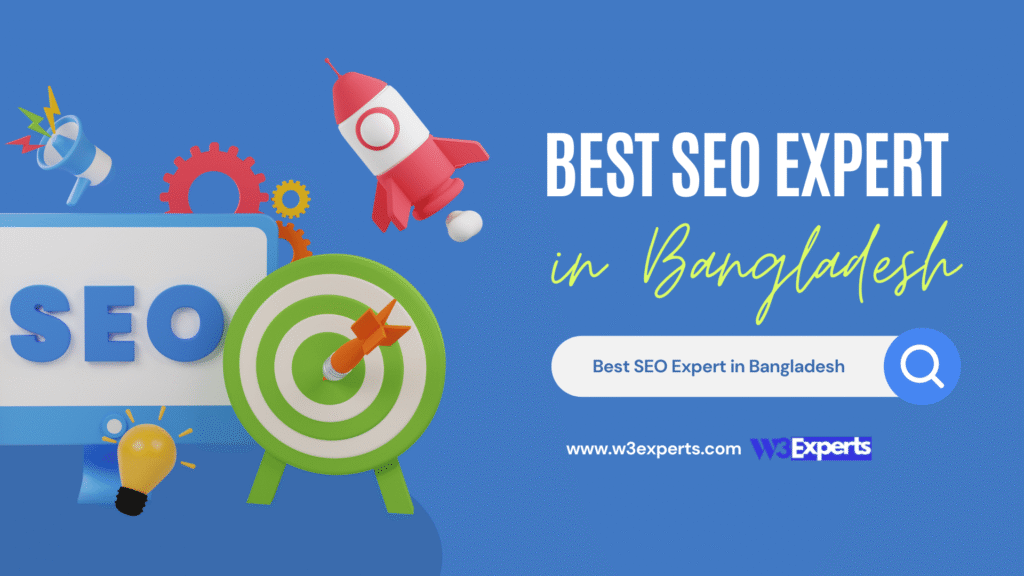Ecommerce SEO is the process of optimizing an online store for search engines. This includes optimizing both the website itself and the product pages. The goal of ecommerce SEO is to drive traffic to the site and increase sales.
Ecommerce SEO is the process of optimizing an online store for search engines. It involves improving the store’s visibility in search results, making it easier for customers to find the products they’re looking for. There are a number of factors that go into ecommerce SEO, from choosing the right keywords to optimizing product pages and category pages.
By taking the time to optimize your store for search engines, you can improve your chances of driving traffic and sales.
Table of Contents
What is SEO for E-Commerce?
Search Engine Optimization (SEO) is the practice of improving the ranking of a website on search engines. The higher the ranking, the more likely people are to find the site. There are a number of factors that go into SEO, including the use of keywords, backlinks, and metadata.
E-commerce sites have an additional layer of complexity, as they need to optimize their product pages in addition to their general website. Product page optimization includes using relevant keywords in the title and description, as well as adding alt text to images. Backlinks are also important for e-commerce SEO – these can be from other product pages or from blog posts or articles about the products.
metadata is another key element of e-commerce SEO. This is information that tells search engines what a page is about, and can include things like page titles, descriptions, and keyword tags. Making sure all this information is accurate and up-to-date is essential for good e-commerce SEO.
Inaccurate or missing metadata can lead to low rankings, while outdated product information may cause potential customers to go elsewhere.
What are the 4 Types of SEO?
There are four types of SEO: on-page SEO, off-page SEO, technical SEO, and local SEO. On-page SEO is the process of optimizing a website’s content and structure to improve its ranking in search engine results pages (SERPs). This includes optimizing the website’s title tags, meta descriptions, header tags, images, and other elements that contribute to its overall relevancy.
Off-page SEO is the process of building backlinks to a website to improve its SERP position. This can be done by submitting guest blog posts, infographics, and other forms of content to high-quality websites in your industry. Technical SEO is the process of improving a website’s technical aspects to make it more search engine friendly.
This includes improving site speed, indexation issues, sitemaps, canonicalization issues etc. Interlinking between pages on your website can also help with this. Local SEO is the process of optimizing a website for local search results.
This includes optimizing for map listings (Google My Business), as well as ensuring that your NAP (name address phone number) information is consistent across the web. Local businesses will also want to make sure they are listed in relevant online directories such as Yelp or Foursquare.
What are the 3 Types of SEO?
There are three types of SEO: on-page SEO, off-page SEO, and technical SEO. On-page SEO is the process of optimizing a website for Google search with the goal of earning higher web traffic levels and improving the visibility of the site. This can be achieved through various means such as optimizing title tags, meta descriptions, and image alt text.
Off-page SEO is the process of building backlinks to a website in order to earn higher web traffic levels and improve the visibility of the site. This can be done by submitting guest posts to other websites or creating social media profiles and sharing content regularly. Technical SEO is the process of ensuring that a website is accessible to Googlebot and other crawlers so that it can be properly indexed and ranked in search results.
This includes optimizing sitemaps, robots.txt files, and setting up proper redirects.
Why is SEO Necessary for E-Commerce?
E-commerce businesses need SEO for the same reason that all other businesses need it: because it is how you get found online. When people search for products or services like yours, if your website doesn’t appear in the search results, you are missing out on potential customers. SEO helps to make sure that your website appears in the search results when people are looking for what you offer.
It is a process of optimizing your website so that it is easy for search engines to find and index, and also ranks well for relevant keywords. There are many factors that go into SEO, but some of the most important ones include having quality content, using relevant keywords, and having a mobile-friendly website. If you want to ensure that your e-commerce business is successful, then investing in SEO is essential.
Conclusion
Ecommerce SEO is the process of optimizing an online store for Google search with the goal of earning higher web traffic levels and improving conversions. There are a number of ways to optimize an eCommerce website for Google, including on-page optimization techniques like keyword research, title tags, and meta descriptions, as well as off-page SEO tactics like link building and backlinking. Both on-page and off-page SEO are important for driving traffic to an eCommerce site, but they work best when used together in an integrated approach.
For example, optimizing product pages for relevant keywords can help improve both organic search rankings and click-through rates from SERPs, while also increasing conversion rates on the site. Overall, eCommerce SEO is a complex but essential process for any online store that wants to attract more visitors from Google and other major search engines. By following best practices and using effective tools and strategies, businesses can ensure that their eCommerce sites are visible in search results and generate more sales.
